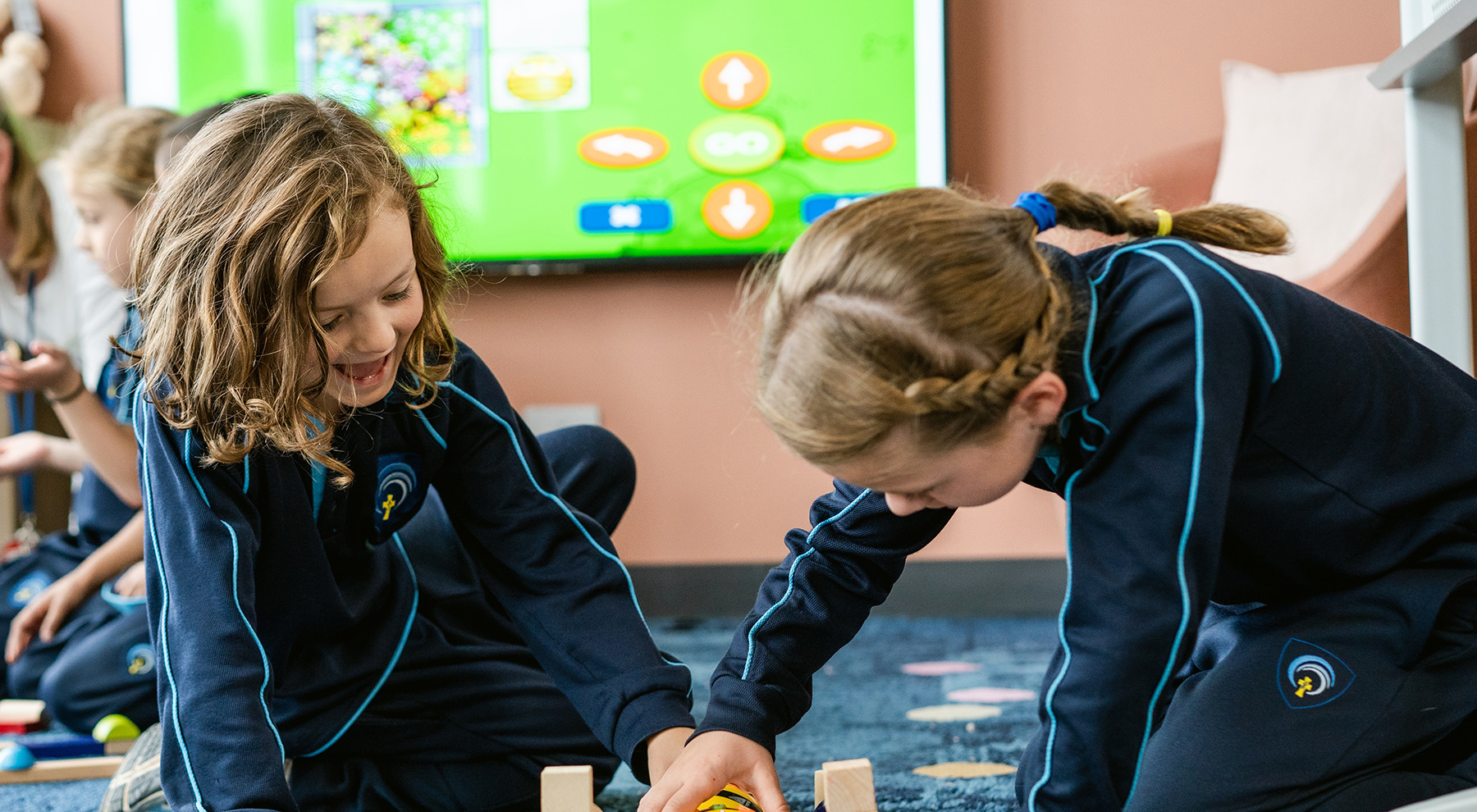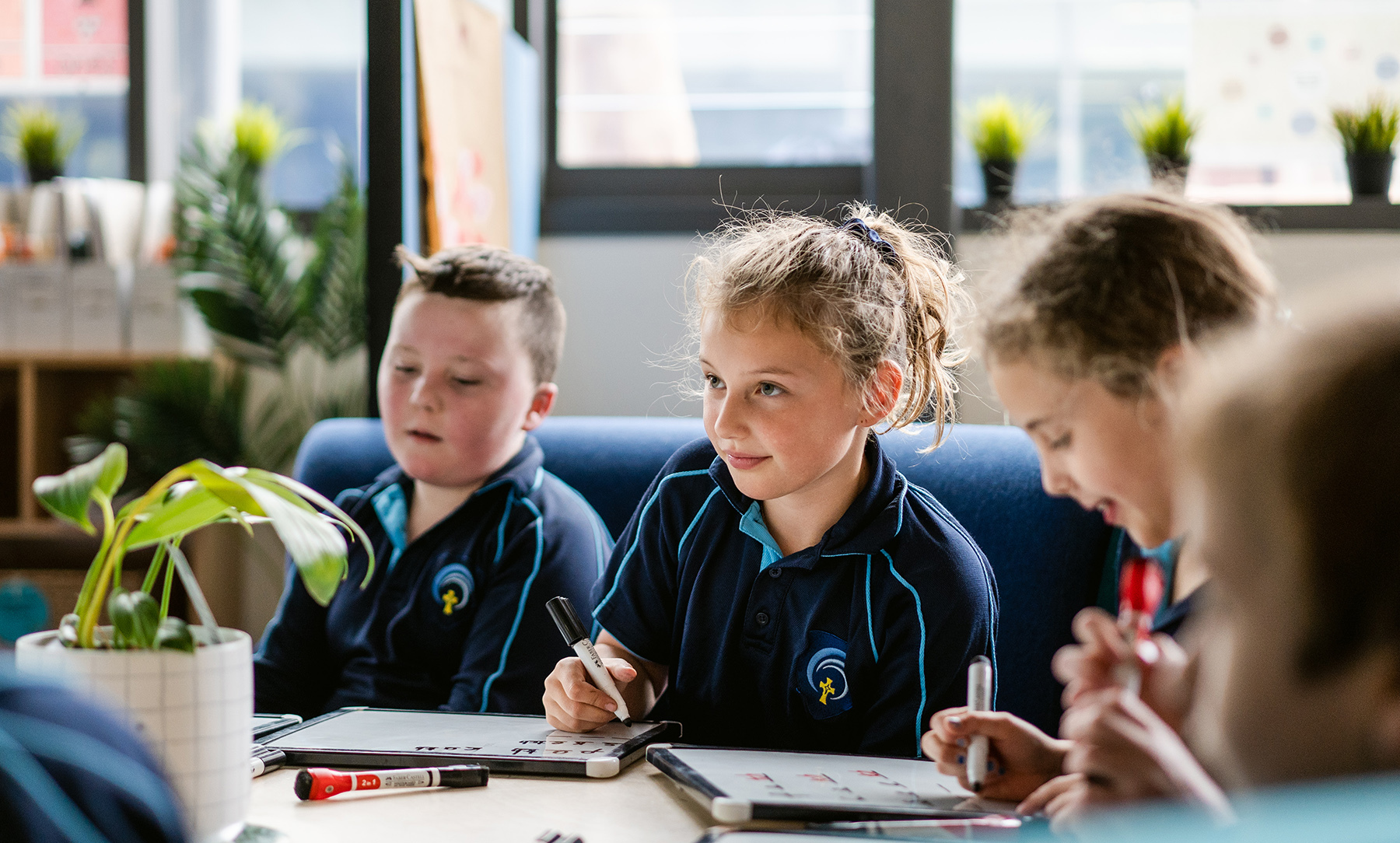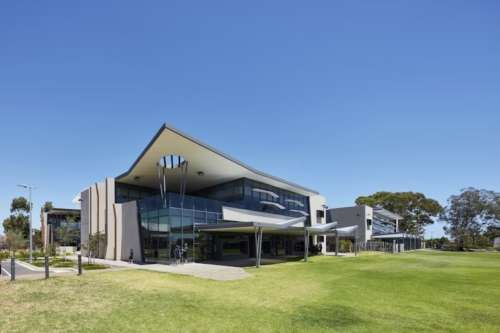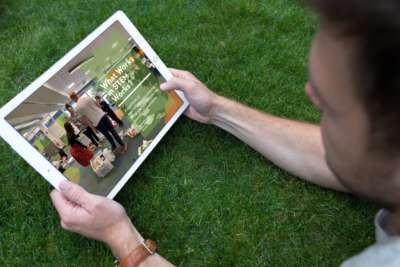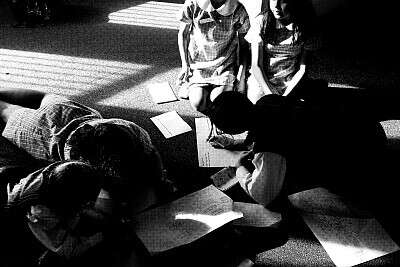Consistent and inspiring inquiry-based learning for STEM
St Teresa’s Catholic Primary School & McAuley Community School, South Australia
The transition from primary to secondary school can be tough. What happens when the primary school and secondary school are about to drop their separate identities and merge onto one community campus?
NoTosh worked alongside educators to design a active and sustainable process for thinking about science, technology, engineering and maths (STEM) to help students make the transition from primary to secondary school with greater confidence.
Phase 1, ‘Mapping the Pathways’, established faculty's strengths and concerns about STEM teaching. We discovered students' desire to learn more outside and in nature. Through coaching and observation, we identified some key insights. One of these led to a shift from mostly direct instruction to students taking more responsibility for uncovering knowledge and making connections by themselves.
Year 3 Teacher
“This has allowed imaginations to run wild.”

Phase 2, ‘Connecting the Threads’, moved into the design of STEM learning units. We worked with teaching teams to plan STEM-focused units of inquiry that fit within the school timetable. Once these had been designed, we facilitated fortnightly coaching sessions with staff to support them moving from plan to action.
We also helped classes to create a ‘Project Nest’ to explore connections between different STEM projects. This resulted in real-world projects based on problems they identified. For example, students explore how a wheelchair could be adapted to better suit the needs of one young wheelchair user.
The final phase, ‘Designing Depth’, kicked off with a full-day design sprint. The intensity of the experience established a deeper understanding of the STEM disciplines and the connections between them. The day also gave teachers the experience of being a STEM learner. With that insight, we were able to co-design solutions to some challenges that they spotted, using our Design Thinking model.
St Teresa's Primary School finally merged into the new McAulay Community School campus in 2020. A significant amount of the school's approach to learning and teaching was underpinned by a consistent language and learning design, resulting in a smoother transition for students as they moved from primary into secondary phases.
Year 3 Teachers, St Teresa's Primary School / McAulay Community School
“We have found that the kids have been driven and excited to do STEM. They are passionate and engaged with the topic. “The students came up with some brilliant questions to ask. The students come up with brilliant questions; they're deeper questions with a purpose. This has made it easy to run each STEM lesson.”
